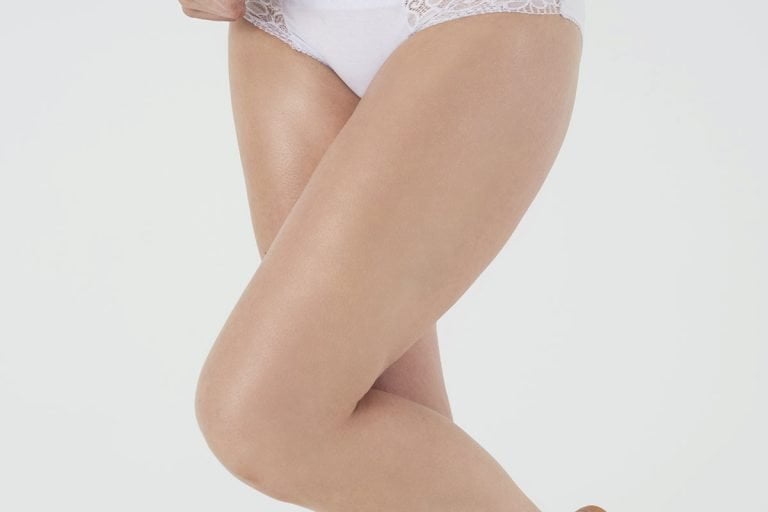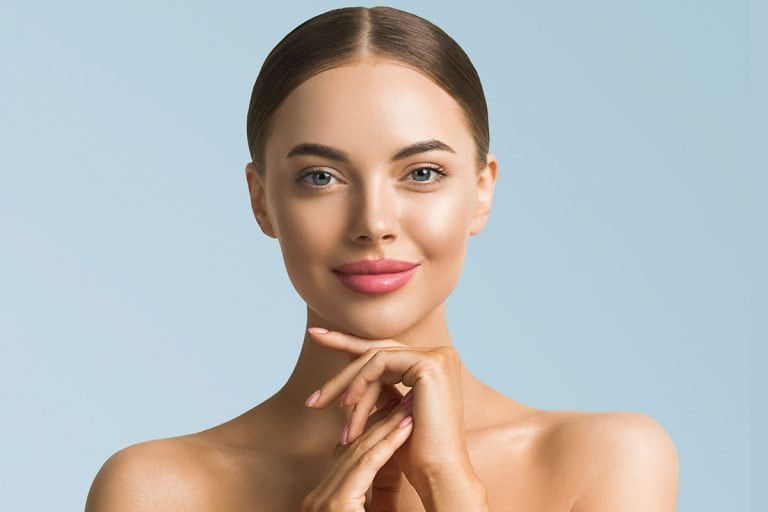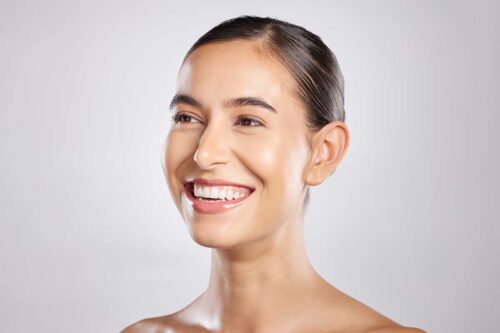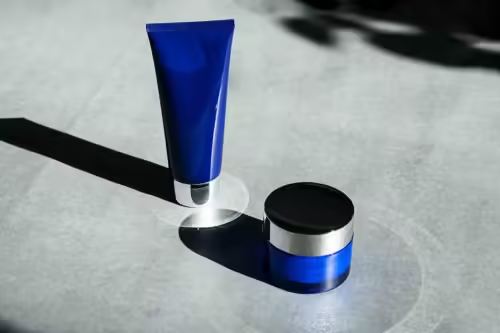Are you tired of looking tired? Many people feel they look tired and also that they look older than they are.1 It’s often the area around the eyes that people think makes them look tired, for example when they have shadows and dark circles under the eyes. Lifestyle factors can contribute to dark circles under the eyes, such as too much stress and not enough sleep. But what can you do if you take care of your health and get enough rest – and still have tired eyes? A tear trough volumiser may help.
I’ve tried everything…
It can be quite frustrating if you really have made an effort to sleep well, eat healthily and stress less but you still look tired and your dark circles under the eyes are still there! And it’s not fun when people constantly ask if you feel ok when in fact you feel great, except that you look tired around the eyes.
Perhaps you have even resorted to your grandmother’s recipes to hide or reduce your under-eye shadows, such as cucumber slices, tea bags, and other tricks and it still didn’t help. One thing is certain – you’re not alone when it comes to looking tired.
Tired eyes and dark circles under the eyes a problem shared by many people.
A European market survey autumn 20201 showed that many of us are troubled by tired looks and under-eye issues:
- 7 in 10, among both men and women, said they look older and more tired than they feel.
- half of all screened panelists had experienced dark circles under the eyes or around the eyes.
- dark circles under the eyes or around the eyes was the third most bothersome aesthetic concern among the screened panelists, just narrowly beaten by lip volume loss and under-eye bags/puffiness.
- just looking in the mirror and appearing in pictures and on social media reminds many of their tired looks.
What causes the shadows and dark circles under the eyes?
Hyperpigmentation and superficial veins can contribute to dark shadows or circles under the eyes. Eye bags or puffiness can also lead to dark circles under the eyes. Eye bags are often caused by oedema, fat pads under the eyes and/or loss of elasticity in the skin.2
However, in many cases, it’s a lack of volume that creates hollows or grooves under the eyes.2 The area affected by a lack – or loss – of volume is called the tear trough.2 The tear trough starts at the inner corner of the eye and forms a half-circle below the eye. A marked tear trough can lead to a tired or aged look since the hollowness deflects light and casts shadows onto the skin.2 This is sometimes called “tear trough deformity”.2
Why do we end up with volume loss in the tear trough area?
There are several underlying causes of the lack, or loss, of volume in the tear trough area. Three key aspects are:2-4
- genetics: we all have inherited anatomical differences, also when it comes to our eyes. This is why even young people can have a marked tear trough.
- aging: with age we lose facial volume, also in the eye area. The volume loss is caused by changes in several tissues such as loss of facial fat and thinning of the skin.
- a combination of genetics, aging, and lifestyle factors.
What is a tear trough volumiser?
A tear trough volumiser is a volumiser that targets the tear trough area. Like almost all volumisers on the market, tear trough volumisers are based on hyaluronic acid, a natural substance in our bodies that keeps body tissues – such as our muscles, skin and joints – smooth and lubricated. Natural hyaluronic acid forms and degrades in just a day or two. The hyaluronic acid used in volumisers has therefore been stabilized to last longer, for several months, by cross-linking the long hyaluronic acid chains.
When the tear trough is treated with a tear trough volumiser, a small amount of volumiser gel is placed under the eye to fill the groove or hollowness in the tear trough area that causes the shadows. With the groove filled and volume replaced, shadows are reduced, and this leads to a refreshed and less tired appearance.5
Different volumisers have different gel properties. A typical, effective tear trough volumiser can decrease the hollowness with a natural-looking and long-lasting effect.5
Are there side effects from treatments with a tear trough volumiser?
All volumiser treatments can have side effects. The most common side effects include tenderness and temporary swelling after the treatment, and there can be a little bit of bruising. Often, these side effects are mild, and you can go back to work after the treatment. However, it’s very important that you discuss all potential side effects with your healthcare practitioner before you have any treatment.
The best way to minimize all types of side effects is to always consult a qualified, experienced cosmetic healthcare practitioner. This cannot be stressed enough, and it’s extra important if you are considering a treatment with a tear trough volumiser. The tear trough is a bit of a tricky area. A tear trough volumiser treatment performed by an inexperienced injector leads to many issues, so always ensure you see an experienced and qualified Cosmetic practitioner.
References
- Data on file (MA – 46075) European market survey by Opticom and Galderma, Q4 2020.
- Stutman RL, Codner MA. Tear Trough Deformity: Review of Anatomy and Treatment Options. Aesthetic Surgery Journal. 2012 May 1;32(4):426 – 40.
- Sadick NS, Bosniak SL, Cantisano – Zilkha M, Glavas IP, Roy D. Definition of the tear trough and the tear trough rating scale: Tear trough rating scale. Journal of Cosmetic Dermatology. 2007 Nov 30;6(4):218 – 22.
- Goldberg RA, McCann JD, Fiaschetti D, Simon GJB. What Causes Eyelid Bags? Analysis of 114 Consecutive Patients: Plastic and Reconstructive Surgery. 2005 Apr;115(5):1395 – 402.
- A.Nikolis et al. A Randomized, Crossover – Controlled Evaluator – Blinded Trial Evaluating Cannula – Vs Needle – Assist ed Hyaluronic Acid Injections for Infraorbital Deformities. ASJ 7 – 2021.
- Data on Data on file (MA – 39680).




































